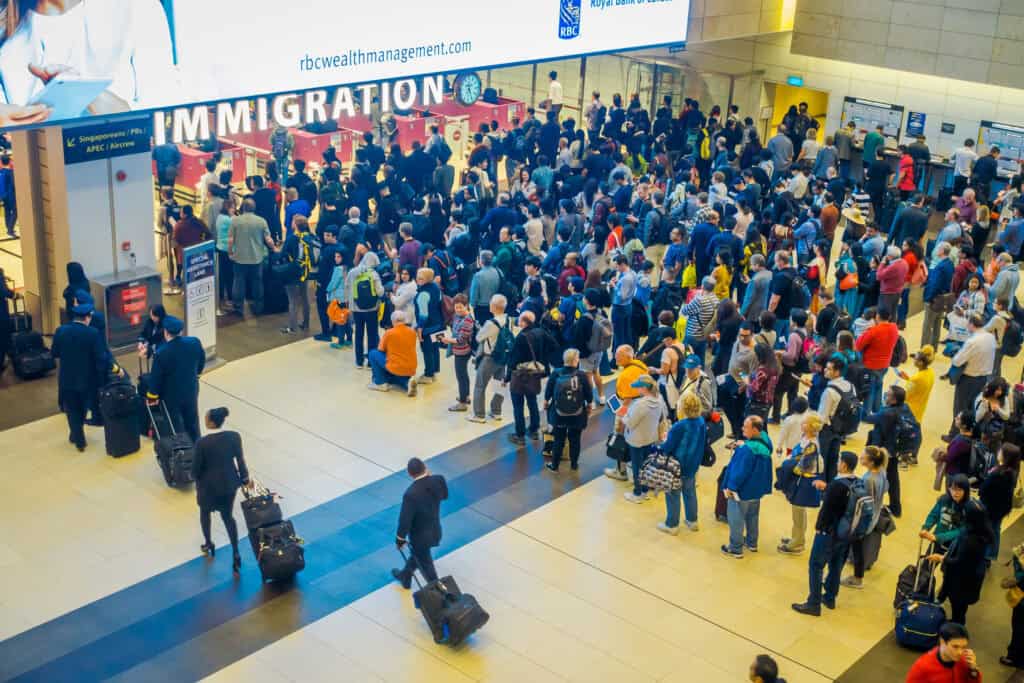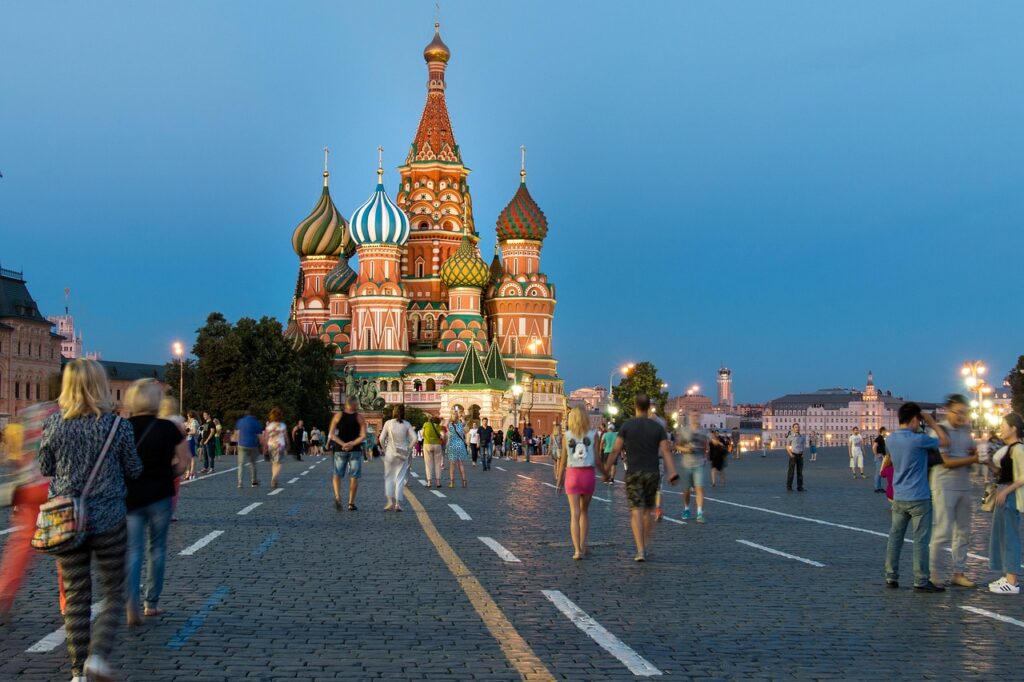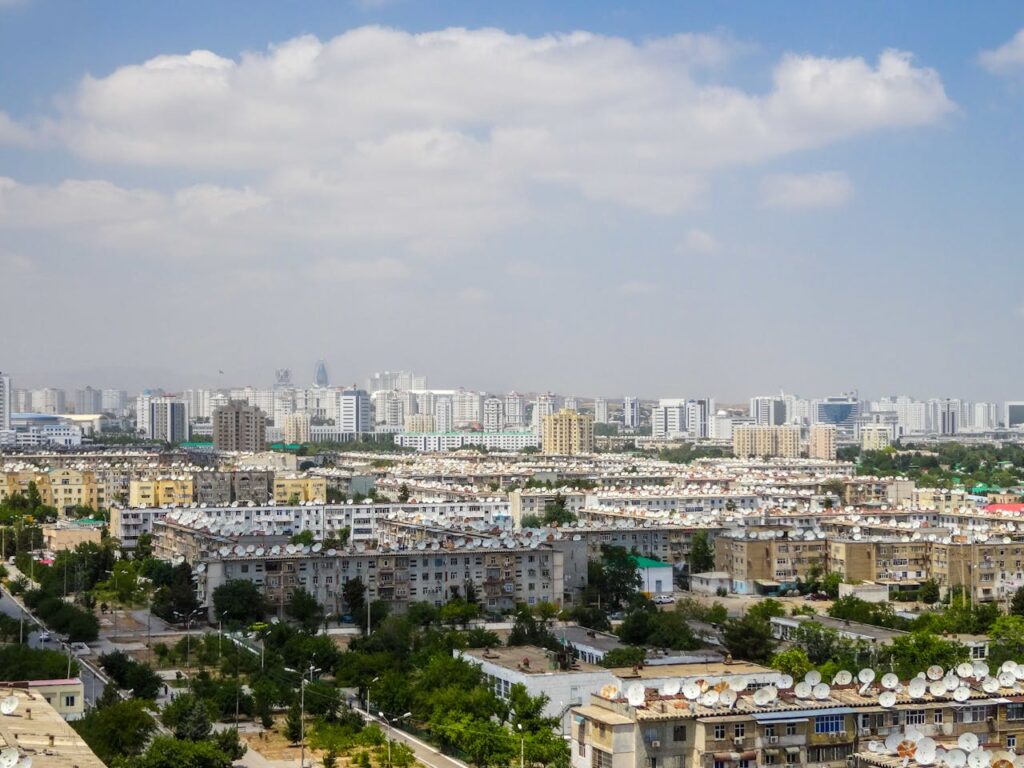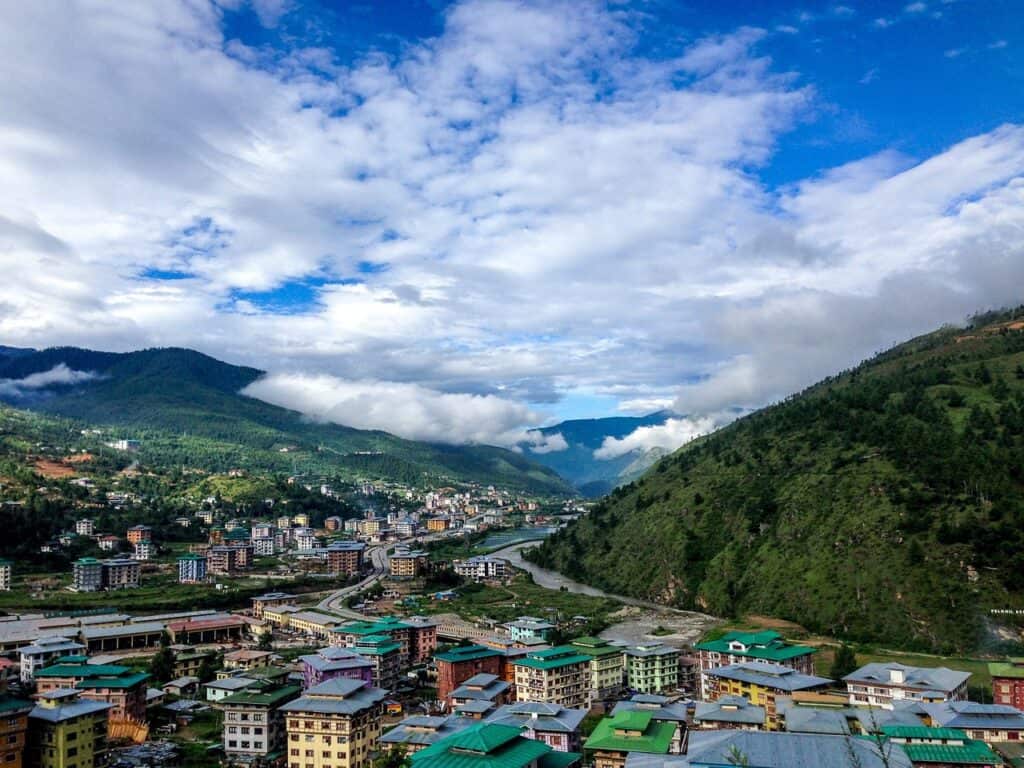We may earn money or products from the companies mentioned in this post. This means if you click on the link and purchase the item, I will receive a small commission at no extra cost to you ... you're just helping re-supply our family's travel fund.

Border rules tell stories about history, security, and politics, and some places ask visitors to read more carefully than others. Requirements can involve invitation letters, licensed guides, or permits for specific regions. Insurance, currency declarations, and registration deadlines add more layers. None of it is impossible, but it rewards patience and respect for local systems. What this really offers is a deeper introduction: clear paperwork, measured plans, and an honest understanding that the guest plays by the host’s rules.
Russia

Entry can feel like a dossier. Visa applications often ask for detailed itineraries, accommodation confirmations, and past travel histories, while certain nationalities face biometrics or in-person submissions. Internal registration rules may apply after arrival, and some regions require additional permits. Consulates change specifics by nationality and purpose of visit, so timing matters. Once inside, enforcement can be precise: paperwork should match bookings, and onward plans need to align with declared routes.
China

Tourist visas are straightforward on paper, but reality varies with consular practice and timing. Documentation standards can shift, and appointment slots fill early. Travel to Tibet requires a separate permit through an approved agency, while border areas may have controls that limit flexibility. Hotel registration is routine and expected. It all adds up to a system that works best when itineraries are fixed, confirmation numbers are handy, and patience is packed beside the passport.
Saudi Arabia

Tourism has opened quickly, yet the rulebook remains exact. E-visas cover many nationalities, but dress codes, alcohol bans, and restrictions on certain religious sites stand. Driving requires attention to local licensing and insurance, and photography has boundaries near government or military locations. Some heritage areas use timed entries, and festival seasons tighten availability. Respectful conduct and clear documents go a long way, especially when plans cross provincial lines or smaller checkpoints.
Iran

Approvals often move through multiple steps. Many visitors secure a visa authorization code before applying, then show proof of travel insurance valid in-country. Cards tied to foreign banks rarely work, so cash planning is part of “entry.” Independent travel is welcome, but permits can be needed for specific border provinces, and dress rules apply from the jet bridge onward. Embassy guidance changes by nationality, which means careful reading and a habit of printing confirmations.
Turkmenistan

This is bureaucracy at high tide. Letters of invitation are common, routes can be predeclared, and independent travel may be limited or chaperoned by licensed guides. Transit visas exist but are famously inconsistent. Expect inspections at borders and checkpoints, and keep hotel slips and registration papers intact. The payoff is significant—empty deserts, white-marble vistas, and Caspian winds—but the gate opens for those who assemble every page exactly as asked.
Bhutan

Entry balances preservation with access. Visitors typically arrange travel through licensed operators who bundle visas, accommodations, and the Sustainable Development Fee. Independent, last-minute plans rarely fit the model. Certain treks require additional permits, and festival dates book out months ahead. The structure keeps numbers manageable and cultural pressures lower. For travelers comfortable with advance planning, the system trades spontaneity for clarity, hospitality, and mountain valleys that feel protected by design.
Cuba

Rules pivot on nationality and route. Many travelers purchase a tourist card, but U.S. citizens choose from specific travel categories with record-keeping obligations. Some accommodations operate outside large platforms, so confirmations can look informal yet remain valid. Multiple currencies and card restrictions shape on-the-ground logistics. Entry itself is simple once documents align; the complexity lies in matching purpose, paperwork, and payments to the right legal lane.
Algeria

Visas often require consular appointments, invitation letters or hotel confirmations, and proof of funds and insurance. Photography rules near government or energy sites are strict, and overland itineraries can trigger additional questions. Southern routes may require local escorts or permits coordinated in advance. The country rewards planning with Roman ruins, Saharan architecture, and café culture, but the front gate expects tidy files, realistic timelines, and a phone ready with printed copies.
Nigeria

Requirements hinge on purpose. Business or long-stay categories commonly ask for invitation letters, corporate documents, or biometrics appointments, and visa-on-arrival programs still expect preapproval. Yellow fever certificates are checked with real attention. Domestic flights and hotel registrations are routine but ID-forward. The smoother experiences come when itineraries, contacts, and confirmations line up cleanly, leaving less to negotiate at counters that prize precision and complete forms.